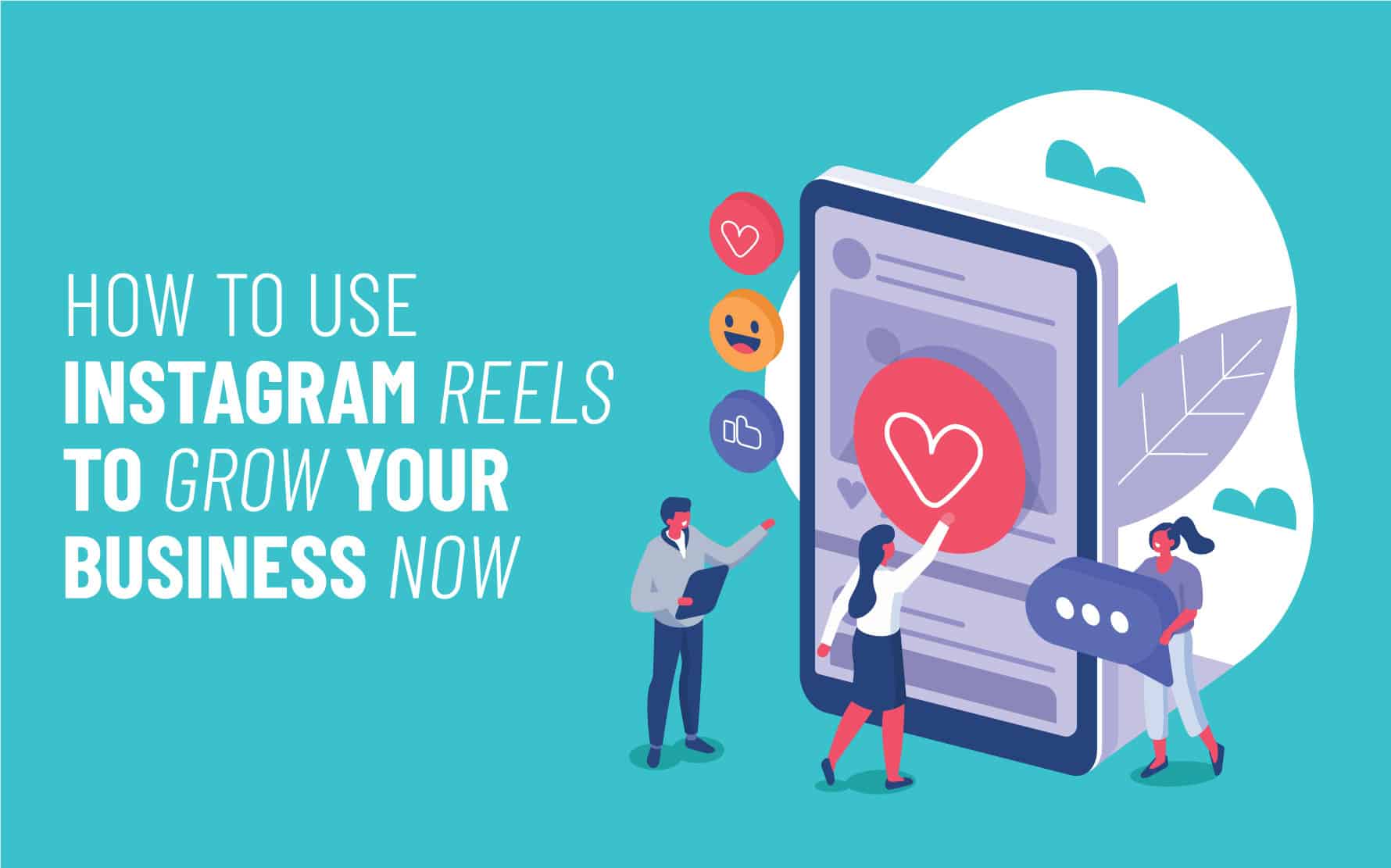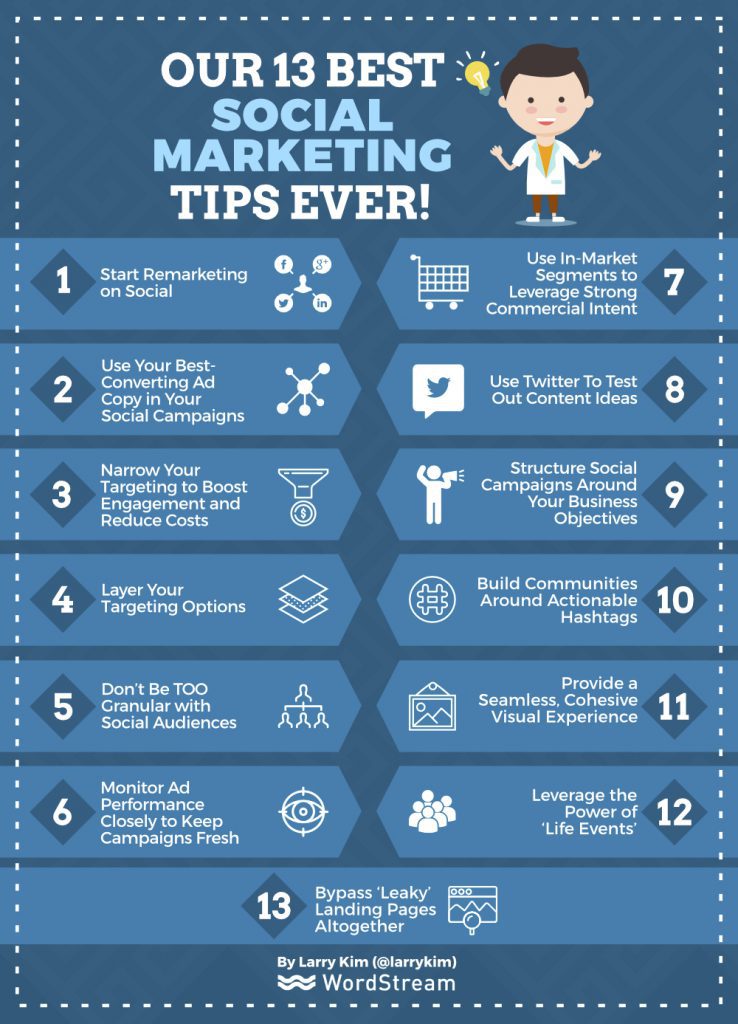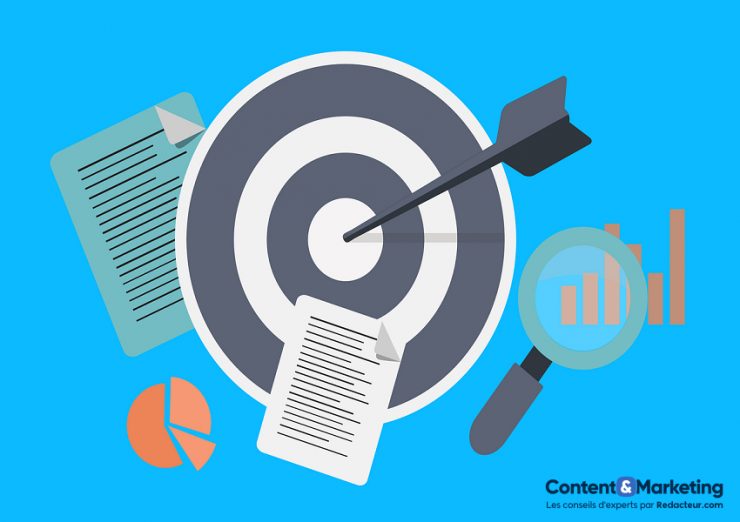
What is a "digital marketer"? It covers many functions and areas of marketing. This article will cover the different aspects involved in social media, email and mobile marketing. Project managers will also need to know what a digital marketer looks like. Start by creating a Gantt diagram or process map that describes the entire digital marketing project. Include all management leads and stakeholders in this planning process. Different versions of the process maps may be needed for different inputs.
Content marketing
Digital marketer's definition of content marketing is a variety of strategies that can be used by businesses to generate leads, build a case and close sales. The whole process can be simplified if you use the right content in the right places at different points of your sales cycle. Here are some content marketing techniques that are common:
Social media marketing

The digital marketer definition includes several important elements. Monitoring is one. Social media marketers use conversations to track mentions of a particular brand. They also analyze the social media analytics results such as reach, engagement and other metrics. These professionals can help business owners select the most appropriate social media channels. Social media marketing offers companies the ability to reach their target audience, gain feedback, and keep track of those relationships. Digital marketers have many responsibilities.
Email marketing
Email marketing refers the practice or sending commercial messages via electronic mail systems. Any type of content can be sent via email to an individual or group. Emails should be relevant, personal, and sent with a reasonable frequency. Despite these difficulties, email is still considered the most effective channel for marketing. Here is a Digital marketer's definition of email advertising. These are just a few of the many benefits and drawbacks of email marketing.
Mobile marketing
It is the process of reaching out to the target audience using their mobile phone or tablet. Marketers are able reach consumers using a variety tools including social media, text messages and mobile applications. Not just advertising messages, but a seamless experience is the goal. A successful mobile marketing campaign will also incorporate video content. Video content is preferred by nearly 48% consumers when they search for products or services.
Marketing Permission

Permission marketing is when you ask the consumer for their permission before sending a marketing message. This marketing strategy has been widely praised as a winning way to market. It is possible to increase the credibility of your company and improve your brand image by asking for consent from your customers to receive your marketing messages. You can avoid wasteful expenses by targeting only the people who are already interested in your product or service. Permission marketing also saves your company's resources and helps build a positive brand image and recall among consumers.
Inbound marketing
Digital marketer's definition of inbound marketing includes a three-step process: generating content and educating customers. Finally, it promotes your brand. Potential customers need to research and be educated before they make a purchase decision. These three steps are what make the right marketing strategy. This is why you need to use multiple channels to market your brand. Inbound marketing can be done through a variety of channels, including a website, blog, and video campaign.
FAQ
What content marketing agencies offer the best services?
The majority of content marketing agencies have extensive experience creating content strategy for clients.
Your knowledge will save you a lot of time and effort. They can create a customized plan that meets your specific needs.
But you shouldn't assume that all agencies possess the skills needed. Some companies specialize only in certain niches, like eCommerce. Some companies specialize in specific industries like law firms.
Ask them about their specialties and you'll find the right agency for you.
How do you create an effective content marketing strategy?
Before you can create a content marketing strategy, it is important to first decide what content type you want. Next, define your target market. Then determine how they use the Internet. Next, you will need to identify the channels that are most likely to reach your target market. Next, identify the best keywords for each channel. Finally, write compelling copy for each piece.
What's the difference among content creation and marketing?
Content marketing is a way to ensure that every brand has the same message. They consistently deliver the valuable information people want and require.
Content marketers are trained to create the right content at each time and for every channel.
They also have the ability to devise a plan for distribution and promotion.
In other words, they think strategically about what they do and why it matters.
This is the essential skill set to become a content marketer.
How much does content marketing cost?
Content marketing costs vary depending on whether you are looking for an outsourcing solution or if you plan to do everything yourself. Outsourcing content marketing services are usually cheaper than hiring full-time employees, allowing you to scale quickly when you need more coverage.
HubSpot research found that outsourcing content production is more expensive for B2B companies than it is for consumers.
There are many web resources that offer free content marketing tools, which you can use to create compelling content that converts.
There are many ways to create optimized content for search engines like Google and Bing. For example, you could write original articles and guest post on blogs. Or, you could curate content form other websites or reuse existing materials.
You will need to know how to create great content if you decide to go the self-produced content route. But once you master it, producing content will be relatively easy.
To start, create simple landing pages in WordPress. Next, build your site. You can then build your portfolio over time.
How To Use Blogging to Generate Leads In Your Business
B2B leaders understand the importance of online leads for their success. Many businesses fail to convert qualified traffic despite this fact. If you're wondering why this is happening, here are five possible reasons.
Reason 1 - You Aren’t Optimizing Your Website. Even if You have a Blog, You aren’t Making Money. Blogging can be a great way of attracting new customers. Your blog posts should not solve problems for your target audience.
Optimize your blog by making sure it conforms to search engine guidelines. This will increase your chances of having visitors find your blog post.
Once they find your blog post, ensure you provide value by answering their questions and providing solutions immediately.
Keyword Toolbox is a great tool for finding keywords. You can then add the keywords to your page title or meta description, as well as to your body text.
CTAs should also be placed throughout your blog. In addition, CTAs prompt readers to take specific actions, like signing up for your newsletter or buying a product.
These actions increase the chance of a sale, and they give you insight into which information users are interested.
Our guide, How To Start a Successful Blogger Blog, will help you get started.
Reason 2: You Don't Know What To Write About - Once You Begin Writing, You Will Find That The Ideas Come Quickly, But Then They Stop!
Building a reputation and establishing yourself as an expert within your niche takes time. This is why it is important to write about topics that you are passionate about.
Your goal in writing is to answer "Why should I Hire You?" Keep your eyes on the problem when you write.
This will make you stand out among other businesses who may only be trying to sell products.
Your blog should help prospects as well as be helpful. Your expertise can be used to educate others. You could share your knowledge about current trends in your field or tips on saving money on home improvements.
Links to additional resources can be included so viewers have more information. These resources could be videos, podcasts, articles or videos written by experts.
Reason 3: You Don't Have Any Clients, And You Don't Want Them - You Just Need To Make More Sales Now!
Building a business is not an easy task. It takes time and trust to build relationships with your target customers.
You don't necessarily have to spend hours crafting content if your goal is to meet potential clients. Instead, try posting ads on social media sites like Facebook and LinkedIn.
Make sure your ads are targeted at the ideal client to save money and avoid ineffective advertising. One example: If your website design company has many female clients, it is likely that you also have many male clients.
Instead of targeting all men you could target women based on their location, age, income, and other factors.
After you set up your ad, follow through by sending a message to your potential customers once you receive a click-through.
Keep in mind that not everyone visiting your site must pay. Some traffic sources are more profitable than others.
You could, for example, host a contest to sign up new subscribers via email. You could also offer gifts to subscribers to your mailing list.
It is important to be creative in attracting visitors to your site without spending too much.
Reason 4: Advertising is expensive - Your business is too busy to spend time advertising it. But that doesn't mean you shouldn't do it!
Prioritize your work above your business. For instance, if you are too busy managing your business to market it, you will not be able to grow.
You might feel overwhelmed at the sheer amount of tasks you have daily.
Get organized. Spend an hour each week reviewing and organizing what you have to do the rest of your week.
It will be easy to manage all the other tasks once you have started.
Statistics
- Measure your goals with a progress indicator of 0-100%. Make your goals collaborative and transparent (semrush.com)
- An example of an overarching goal could be: "In 2022, we want to achieve a 20% increase in revenue created by organic content and generate 15,000 MQLs with a budget of $30,000." (semrush.com)
- Forty-seven percent of buyers view 3 to 5 pieces of content before engaging with a sales representative. (mailchimp.com)
- Out of the 1,500 marketers we surveyed for our State of Content Marketing report, 78% who felt their content marketing strategy was exceptionally effective in 2021 had documented their strategy. (semrush.com)
- Seventy-two percent business to business (B2B) (mailchimp.com)
- Progress indicators (0–100%) allow each team member to see how attainable each goal is and understand what remains to be accomplished. (semrush.com)
- According to research compiled by Coschedule: Companies that publish 16+ blog posts a month get as much as 3.5x as much traffic as those that publish 0-4 posts a month. (criteo.com)
- According to our research, brand awareness, attracting traffic, and generating leads remain the key content marketing goals in 2022. (semrush.com)
External Links
How To
Informationgraphic creation tips for content marketing
Infographics make complex concepts simple and easy to understand. You should use infographics to spread the message about content marketing.
To create an infographic, Adobe Illustrator or Photoshop is required. You can use these programs to draw out different shapes and elements to represent your data, then add colors and fonts to make everything look nice. Once your design has been created, you can start uploading images from Unsplash/Pixabay to incorporate into it.
Looking at other infographics online can help you get ideas. To show how many calories certain foods have, you can use a picture of a pyramid to illustrate this. You could also replace the numbers with images of the food. Another option is to take a picture of a can of Coke and look at how much sugar it contains.
Once you've designed your infographic, you can share it through social media channels like Facebook and Twitter. This makes it easy for people unfamiliar with the concept to learn. You can include hashtags in your infographic if you want to share it on social media. You can use hashtags to allow others to follow your conversations about specific topics.
An infographic is a shorter version of a blog post. An average blog post can range from 2000 to 5000 word, while an informationgraphic needs only 500 to 1000 words. This means you can easily convey more information with less space.
Your infographic should be easy to read for some viewers. It is important to use large fonts and avoid relying too heavily on colors when designing your infographic. Make sure all text is legible.
These are additional tips:
-
Select an Infographic Template. Many templates are available in both printable and online formats. Canva, Piktochart or Google Slides are three of the most well-known templates.
-
Create your Infographic. To create your infographic, use the template. You can use any kind of media that you feel is appropriate for your audience. In this example, photos of Seattle restaurants might be used to create an infographic about Seattle's best restaurants.
-
Add text. Add text after you've created your infographic.
-
Add Images. You can also add images to your infographic. You can add images to your infographic. You should make sure that the picture you upload is related to your topic.
-
Make It Interactive. You can add interactive elements, such as maps, buttons, and links. This will make it easier for your audience to interact with you.
-
Share. When you're done, share your infographic on social media sites like Facebook, Twitter, LinkedIn, Pinterest, and Instagram.
-
Measure. What was the performance of your infographic? Are people clicking through to your website or not? Did they sign up for your email list? What was their reaction?
-
Improve. Do you think there are ways to improve your infographics Are you able to do it better the next time?
-
Repeat. Repeat.